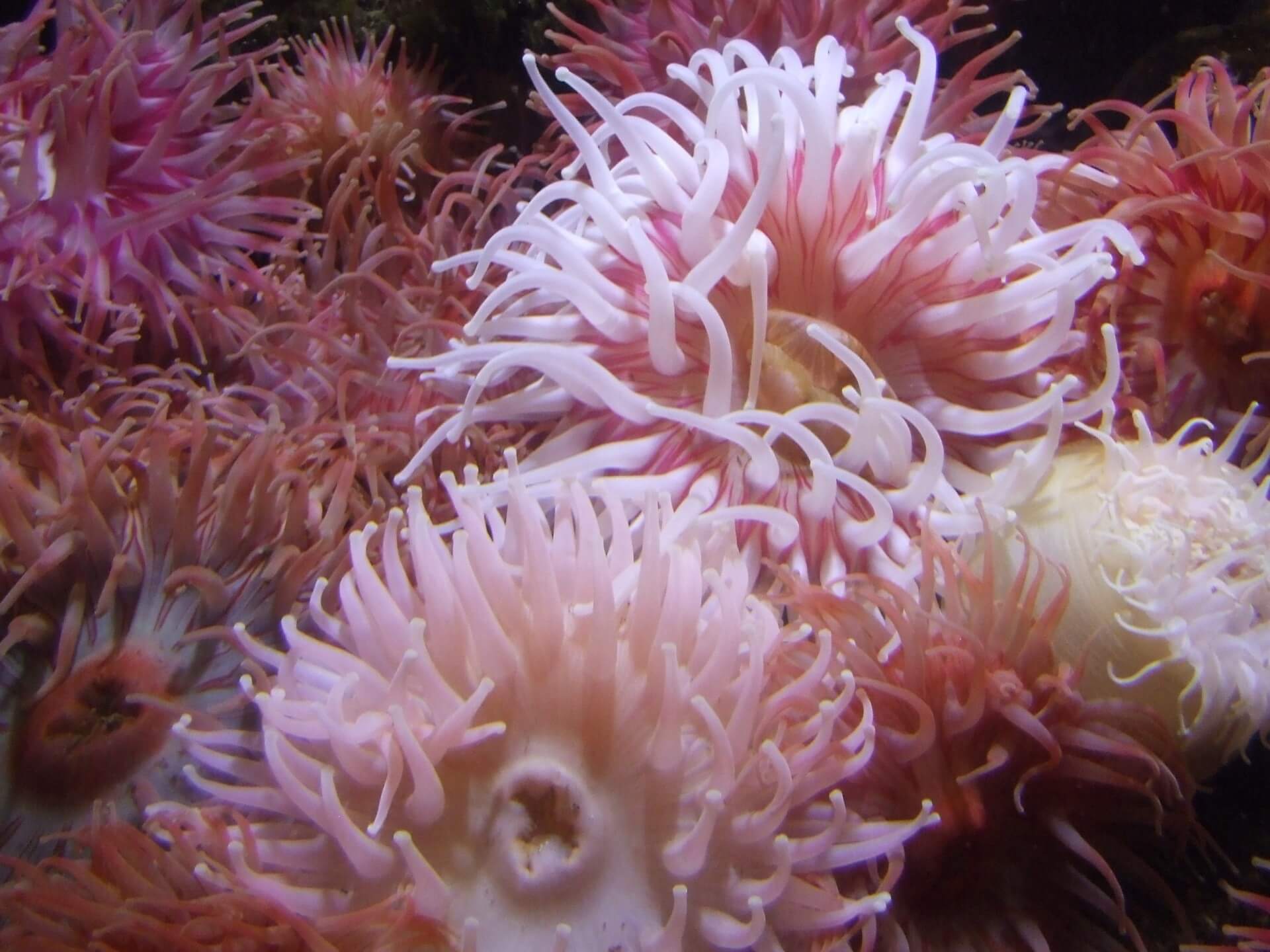Anemone Splitting: Causes, Signs & Post-Split Care
Posted by Miles Harrison on 12/12/2022
If you’re the proud owner of a sea anemone, one day you might return home only to find that what was once a single anemone has now split into two. While you may be confused as to how this might have occurred, this process fulfills a unique biological need.
Exciting to witness in a home aquarium, you may be wondering how this interesting act may have occurred. In this post, we’re going to discuss why an anemone splits, what are some of the early signs of splitting, how long the splitting process takes, and much more.
January's Giveaways on Light Fish
Anemone Splitting
Sea anemones are a fascinating group of marine invertebrates. Named after the terrestrial flowering plant which shares the same name, these animals live a solitary lifestyle, and can live to be well over 100 years old!
Like other forms of life, sea anemones reproduce to ensure the continuation of their species. They’re capable of reproducing both sexually and asexually, and leverage their reproductive capabilities to flourish throughout the world’s oceans.
In a reef aquarium, anemone splitting, a technical process often referred to as binary fission, is not an uncommon occurrence. This well-known form of asexual reproduction creates a clone, which may potentially create a clone, and so forth. But what exactly causes the splitting? There are two distinct factors.

Causes
Anemones may split when they’ve reached sexual maturity and they’ve been provided a nutrient-rich diet combined with exceptional water quality, or they will split if they are experiencing stress.
In some cases, another life form, such as a crab may claw at and attack an anemone, ultimately splitting the animal in two.
If you’ve recently introduced an anemone into your aquarium, it is most likely experiencing some degree of stress as it adapts to its new environment. It’s not uncommon for an anemone to split during this period.
On the other hand, if your anemone has been living in an established aquarium for quite some time, it’s an excellent testament to your reef-keeping abilities, as your anemone is enjoying its environment so much that it's chosen to reproduce.
Early Signs of Splitting
Sea anemones will begin to elongate and stretch themselves when they’re about to split. Splitting occurs rather suddenly, and their stalks will appear to separate. However, noticing a stretched stalk doesn’t guarantee that you’ll have a successful split. You’ll want to keep a close eye on your anemone over the next 48 hours if you're planning on catching a glimpse of the anemone splitting.
Sea anemones are capable of splitting completely on their own, so don’t try to interfere, just sit back and watch nature run its course. In rare cases, some anemones have even split into 3!
Duration
Once you’ve first identified that your anemone may be splitting, you can expect the anemone to take around 5 days to completely split.
Your mileage may vary here, as diet and tank conditions are major factors in the duration it takes an anemone to clone itself. Some hobbyists have reported that their anemone has split itself within 24 hours, while others have noted the process taking quite a few months. As long as you’re doing your best to maintain good water quality, there isn’t anything else needed to promote healthy splitting.
Post-Split Care
After your anemone has fully split, you’ll want to continue to maintain optimal water conditions, aim for the following:
Temperature Range: 72°F-78°F
KH: 8-12 dKH
Specific Gravity: 1.020-1.025
pH: 8.1-8.4
Ensure that ammonia and phosphate levels are undetectable. Continue to feed your anemone a nutrient-rich diet of Mysis shrimp, scallops, brine shrimp, and clams. Maintain your weekly 10% water changes.
With a sufficient amount of food, you can expect your newly cloned sea anemone to grow at a pace of 7-8 inches per month!
Cloned Anemone Relationships
Recently cloned anemones share the unique ability to recognize themselves as being one of the same. It’s the reason why you’ll see pictures of many tightly-packed groups of anemones living throughout some of the ocean’s reefs.
Luckily, you can keep recently cloned anemones close together in your reef aquarium, just be sure that your anemone population doesn’t get big enough that it ends in a territorial dispute with other aggressive species.
What To Do With Your New Anemone
Now that you’ve acquired a new anemone, you’ll want to continue to feed it a well-balanced diet while maintaining excellent water conditions. Over time, this coral will continue to grow, and may even clone itself in the future!
If you’re running low on space in your aquarium, you can consider selling your anemone or shipping it to other hobbyists . Trading coral is one of the best ways to connect with other reef enthusiasts, and you might be able to exchange your anemone for a new species of coral.
Conclusion
Observing an anemone splitting in a home aquarium is a sight to behold. While it’s extremely rare to witness such an event in the world’s oceans, as hobbyists we have the privileged opportunity to observe the cloning process in the comfort of our own homes.
Do you think you now have the knowledge needed to detect an anemone split before it occurs? Let us know what you think by commenting below, and consider joining our community forum where we discuss reef keeping and saltwater aquariums.
January's Giveaways on Light Fish


